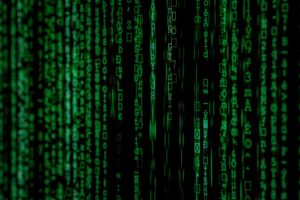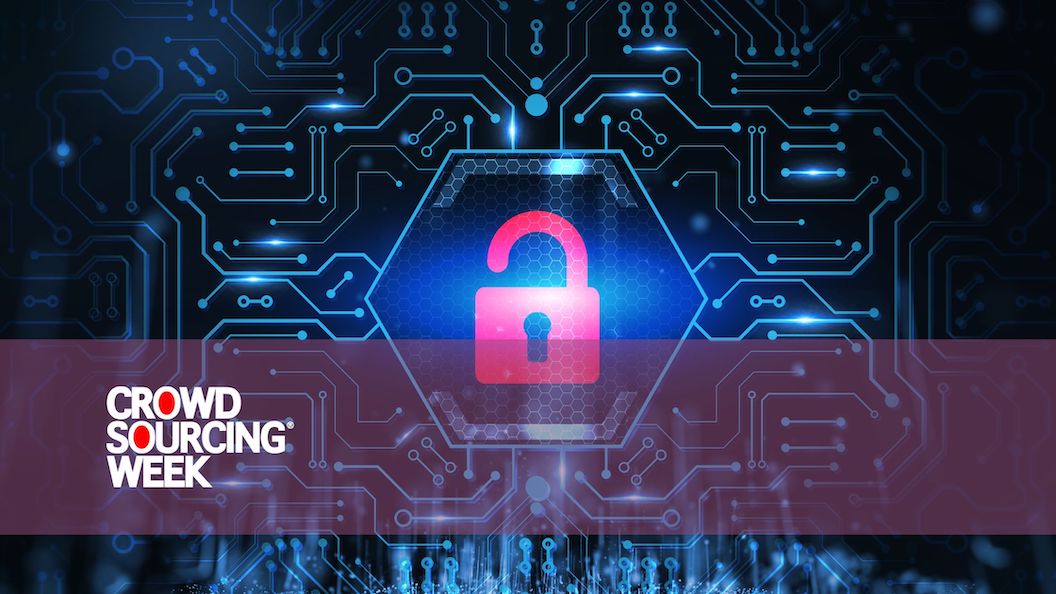Crowdsourced data annotation has become an indispensable tool to expand diversity of results, solve problems faster, and increase accuracy in various fields, from machine learning to social media content moderation. With the proliferation of publicly available personal information and the potential for affiliation with the personal data in crowdsourced datasets, privacy protection has emerged as a critical concern. In this article, we delve into the complexities of safeguarding privacy protection in crowdsourced data and crowdsourced data annotation. Drawing from a combination of policy recommendations, technical solutions, and practical implementation strategies, we present a comprehensive guide for corporations and other organizations to maximize the benefits of using crowdsourced data while mitigating privacy risks effectively.
Crowdsourced data annotation outsources tasks to a comprehensive pool of workers, often through online platforms, to label, tag, categorize, or otherwise process data, normally for machine learning purposes. Although crowdsourcing for data annotation offers scalability and cost-effectiveness, it also raises concerns about the privacy of the data being annotated. For instance, medical records, which may contain sensitive patient information, are frequently annotated to train machine learning models for healthcare applications. Similarly, images or videos containing personally identifiable information (PII) are annotated for facial recognition systems or other surveillance purposes.
Challenges of Privacy Protection in Crowdsourced Data Annotation
Crowdsourcing platforms present unique challenges regarding privacy protection. These challenges include:
Anonymity
Ensuring anonymity of individuals contributing to data annotation tasks is foundational to privacy protection. Efforts to anonymize data across any platform that collects individually identifiable information poses a risk of re-identification of individuals through cross-referencing with external datasets or by analyzing unique behavioral patterns.
Data Security
Crowdsourced platforms, like all technologies, are susceptible to security breaches and exposure of sensitive information and/or potential unauthorized access.
Consent and Control
Participants may not fully understand the implications of sharing their data or may lack informed consent related to how their information is utilized. Ambiguous consent processes and opaque data handling practices exacerbate privacy concerns.
Legal and Regulatory Compliance
Data protection legal regimes, such as the GDPR, require particularized handling of personal data based on the risks to the data subjects. Many regulatory regimes exclude anonymized data from regulation; however, as traditional anonymization techniques become less secure, so might these regulatory exclusions.
Governments around the world are tackling these challenges of privacy protection. Here are three examples.
- The Singapore government has established the Personal Data Protection Commission (PDPC), which provides guidelines and resources for organizations to ensure compliance with data protection laws, including crowdsourced data annotation projects.
- The German Federal Data Protection Act (BDSG) imposes strict regulations on the processing of personal data, including crowdsourced annotation, requiring explicit consent and adherence to privacy-by-design principles.
- The U.S. National Institute of Standards and Technology (NIST) has published guidelines and standards for protecting sensitive data in crowdsourcing, emphasizing cryptographic techniques and privacy-preserving algorithms.
To address these challenges, corporations must also be responsible enough to adopt a multi-faceted approach encompassing both policy and technical solutions, rather than wait to be guided by government regulations.
Technical Solutions
Differential Privacy

Photo by Markus Spiske on Unsplash
Implementing differential privacy techniques into crowdsourced data collection platforms can protect individuals’ identities by injecting statistical “noise” (slight alterations) into a dataset to prevent re-identification while preserving the overall utility of the data. Techniques like adding random noise to query results or perturbing individual data points can safeguard privacy, as there are technical mechanisms to transform the individualized data before it even reaches the aggregator.
This type of differentiation is a first step to overall data protection, even if there is a later breach of data. Additionally, differential privacy’s ability to stop re-identification may determine the regulatory and security requirements organizations must apply to crowdsourced data. Examples include Apple’s use of differential privacy in iOS to collect usage data without compromising user privacy.
Homomorphic Encryption
Homomorphic encryption allows computations to be performed on encrypted data without decrypting it, thereby preserving privacy. By encrypting data before individuals complete crowdsourcing tasks and decrypting only the results, sensitive information remains invisible to the crowd working on the data and therefore secure throughout the annotation process.
This type of encryption minimizes risk to the individual contributors of data as well as the corporations collecting the data, as the costs of implementing heightened data security regimes as well as data breach notification procedures will be reduced. Microsoft Research’s SEAL library provides a practical implementation of homomorphic encryption for privacy-preserving computations.
Privacy-Preserving Aggregation
Instead of collecting raw, individualized data, aggregating statistics or summaries from individual contributions can minimize privacy risks of re-identification. Techniques such as federated learning, where machine learning models are trained locally on users’ devices, and only aggregated model updates are shared back to the corporation, protect privacy while still achieving accurate annotations.
Policy Recommendations
Mandatory Privacy Impact Assessments
Corporations should conduct Privacy Impact Assessments (PIAs) before launching crowdsourcing projects involving personal data. PIAs evaluate the privacy risks associated with data collection and processing, helping organizations implement appropriate safeguards in compliance with law and regulation.
Transparency and Accountability
Crowdsourcing platforms must be transparent about their data handling practices and provide users with clear information on how their data will be used. Implementing mechanisms for users to access, review, and control their data enhances trust and accountability, and results in informed consent.
Data Minimization
Corporations must implement policies that emphasize the importance of collecting only the minimum amount of data necessary for the annotation task. This reduces the potential privacy risks associated with storing excessive personal information.
Oversight
Corporations should invest in compliance with enacted privacy regulations specific to crowdsourcing, prescribing standards for data anonymization, encryption, and user consent. Internal regulatory bodies should enforce compliance through audits and penalties for non-compliance.
Cross-Jurisdictional Considerations
Acknowledge the challenges posed by differing privacy regulations across jurisdictions. Organizations conducting crowdsourced data annotation tasks must navigate a complex landscape of legal requirements, requiring careful consideration to ensure compliance and consistent privacy protections globally. Overall, minimizing the applicability of privacy law and regulations to the data collected will lessen the costs and challenges of compliance with complex cross-jurisdictional regulations.
Vetting the Crowd
As outlined throughout this article, there are potentially both internal and external threats to the privacy of the individual’s data collected by corporations asking a crowd to assess personal data. Implementation of robust vetting procedures for those contracted to perform data annotation via crowdsourced platforms will further reduce risk.
Conclusion
Protecting privacy in crowdsourced data annotation is paramount for corporations operating in today’s information landscape. By integrating policy recommendations, technical solutions, and practical implementation strategies, corporations can effectively mitigate privacy risks associated with crowdsourcing. Prioritizing privacy protection not only enhances trust with users (and therefore dataset reliability and accuracy) but also ensures compliance with regulatory requirements and ethical standards.
Through implementation of the proactive measures discussed herein, and continuous improvement in policy development, technical solutions, and practical strategies, corporations can navigate the complexities of privacy protection in crowdsourced data annotation while fostering innovation and data-driven insights responsibly.





0 Comments